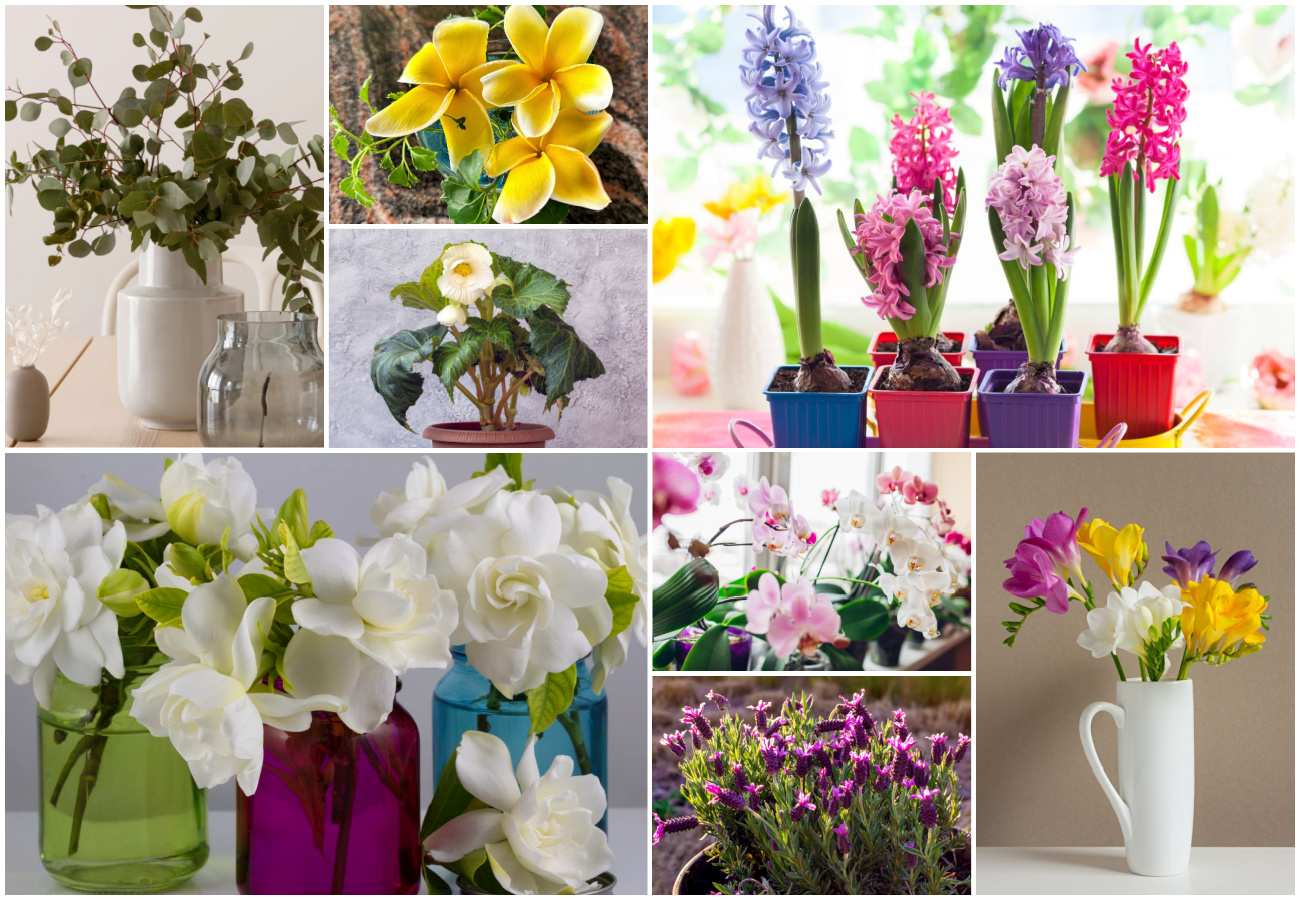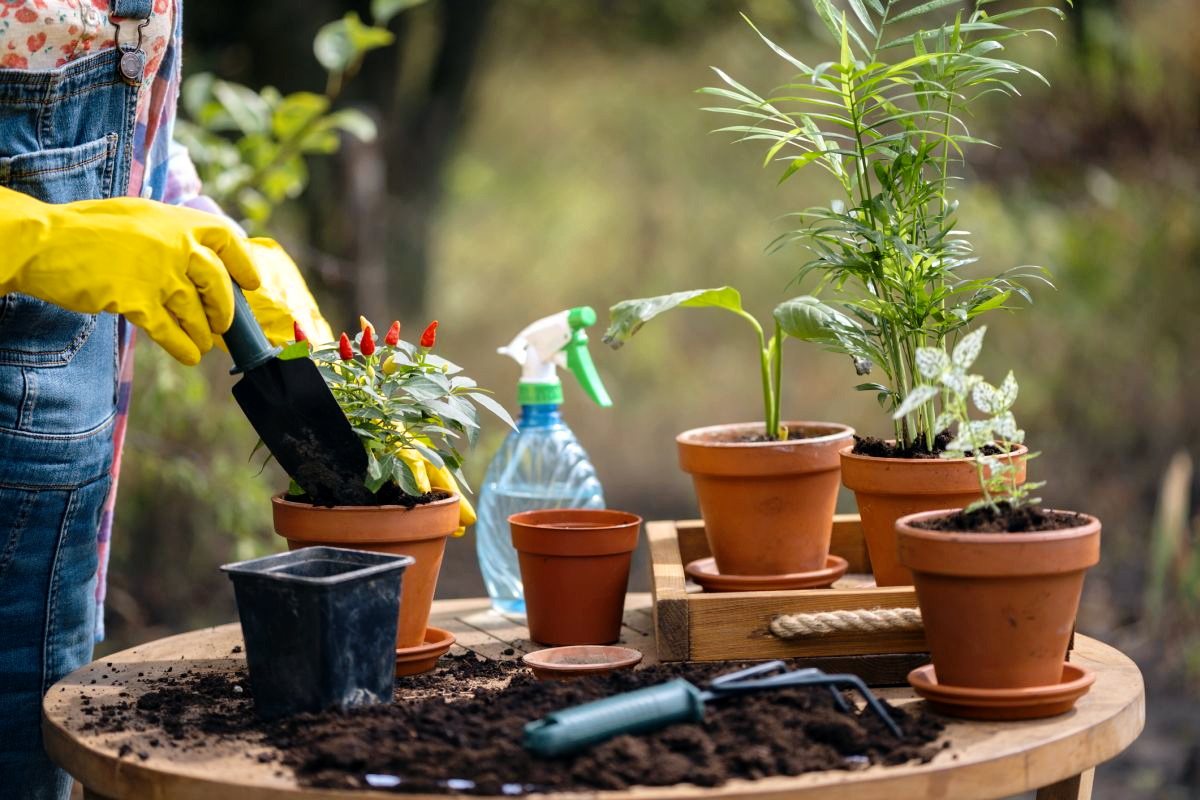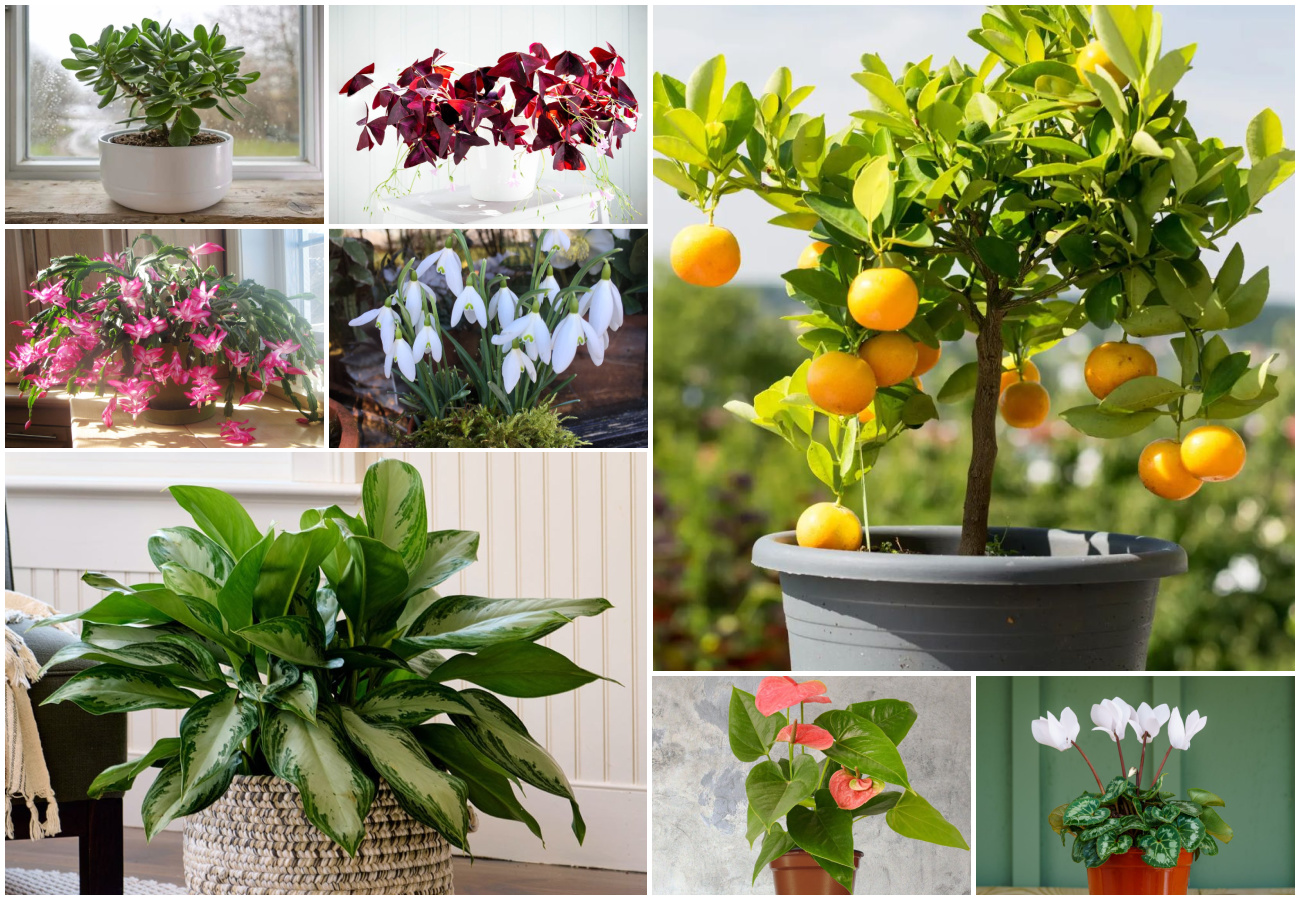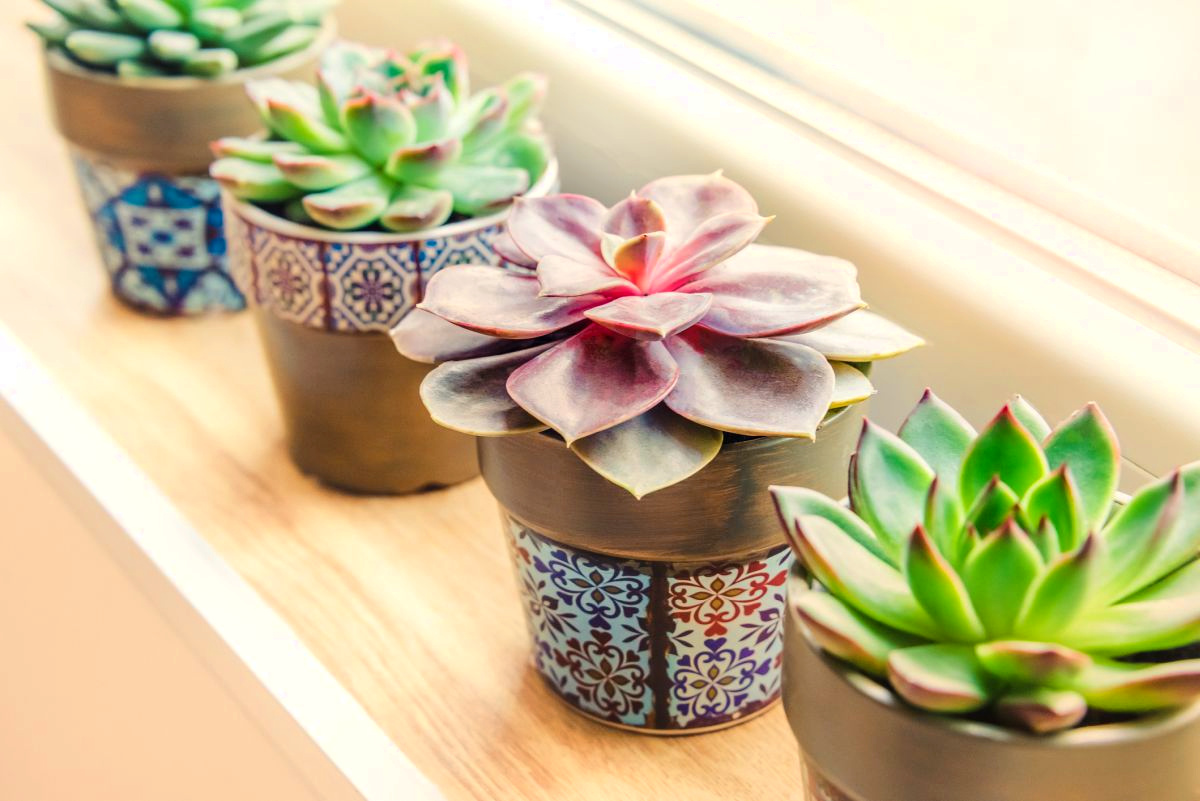Kimberley fern, Nephrolepis obliterata, more correctly known as the Kimberley queen fern, and also sometimes referred to as the Australian swordfern, is a fern commonly grown indoors around the world.

What is Kimberley Fern?
This fern, in the Nephrolepidaceae family, originated in Australia. The name ‘Kimberley Queen’ (not Kimberly Queen as it is often misspelled) is trademarked by Westland Laboratories Ply. Ltd.
Though not as well-known as its relative the Boston Fern, this fern is even easier to grow as it is not as sensitive to low humidity and can therefore be particularly well suited to an indoor environment.
These ferns are prized for their graceful and elegant sword-shaped fronds and their pleasing green hue. They grow around 2-3ft tall and 2-4ft wide. And while they can be more tolerant of low humidity, they generally prefer humidity of around 70% to perform and look their best.
Where to Grow Kimberley Fern
This is a great fern to grow indoors not only because it is easy to do so but also because it has been shown to reduce indoor air pollution – particularly helping to remove formaldehyde, xylene, and toluene from the atmosphere.
But you need to select the right location inside your home to grow Kimberley ferns. Key things to consider are light, temperature and humidity, and the growing medium with which pots or other containers are filled.
Light Requirements
Kimberley ferns need a location with bright but indirect light. They can suffer both when the light levels are too low, and when they are placed in harsh, direct light during the hottest part of the day.
Placing these ferns next to an east-facing window that receives plenty of morning light but only more indirect light during the warmer afternoons can be ideal.
Temperature & Humidity Requirements
These are ferns that must be grown indoors in a temperate climate and they cannot survive frost. They will do best when consistent temperatures of between 16 and 24 degrees Celsius are maintained.
As with many other ferns, it is important to make sure that temperatures do not fluctuate too wildly. Avoid placing your fern in a draught, or too close to a heat source like a radiator or stove.
Abundant humidity is essential for these ferns. So a spot in a terrarium or in a suitable bathroom can be ideal. To increase humidity and keep these ferns happy, you can also group houseplants together, mist regularly, and place the pots in which Kimberley ferns are grown on pebble-filled saucers of water.
Soil/ Growing Medium
These ferns do best when potted up into a good-quality, peat-free potting mix that is moist but free-draining. The medium should remain moist at all times and not be allowed to dry out entirely. But it should also allow excess water to drain away freely.
Planting Kimberley Fern
Kimberley ferns can potentially be grown from the spores of an existing plant. But most of the time, this plant will be purchased as potted specimens and then potted into different containers once they are brought home or delivered.
Make sure when repotting that the plant sits at the same level in the growing medium that it did in its previous pot.
Caring for Kimberley Fern
Like most other ferns, when they receive the right placement and care, Kimberley ferns are not bothered by too many pests or diseases. However, the right care is essential to avoid some of the most common problems.
Watering
When watering Kimberley ferns, the most important thing to remember is that you should not ever let the growing medium dry out entirely.
But you also need to make sure that the soil does not get overly saturated. Though it likes moisture, the roots of this fern can rot in excessively wet, waterlogged conditions.
As a general rule, watering will be more frequent in summer and less frequent during the cooler or colder part of the year. Water when the top few centimeters of the growing medium feels dry to the touch.
It is also important to note that these ferns can be quite sensitive to salts in hard water. So if you live in a hard water area, or your tap water has lots of chlorine, fluorine, or salts within it, you may find that you need to use rainwater, or filtered water, to avoid an issue with your plant.
Feeding
Ferns do not usually need much feeding and this fern is no exception. But when growing Kimberley ferns indoors you might wish to feed once a month or so in spring and summer with a mild, balanced, liquid plant deed such as a compost tea.
Take care not to use too strong a fertilizer and for environmental reasons, always make sure that you choose an organic one.
Common Problems
Like other ferns, most problems with Kimberley ferns arise from improper conditions or care. Get everything else right and you will not typically have many problems at all.
But you may still sometimes see pests common with houseplants like aphids, scale insects, spider mites, or mealybugs, for example.
Repotting
You typically won’t have to pot up Kimberley ferns more than once every 2-3 years or so. These are ferns that do well when they are a little confined, and which do not really mind being root bound.
Simply wait until the pots have roots popping out from the drainage holes at the base, and roots can be seen above the soil surface. Once these things occur, you can repot your fern into a container that is just a little larger than the current pot.





